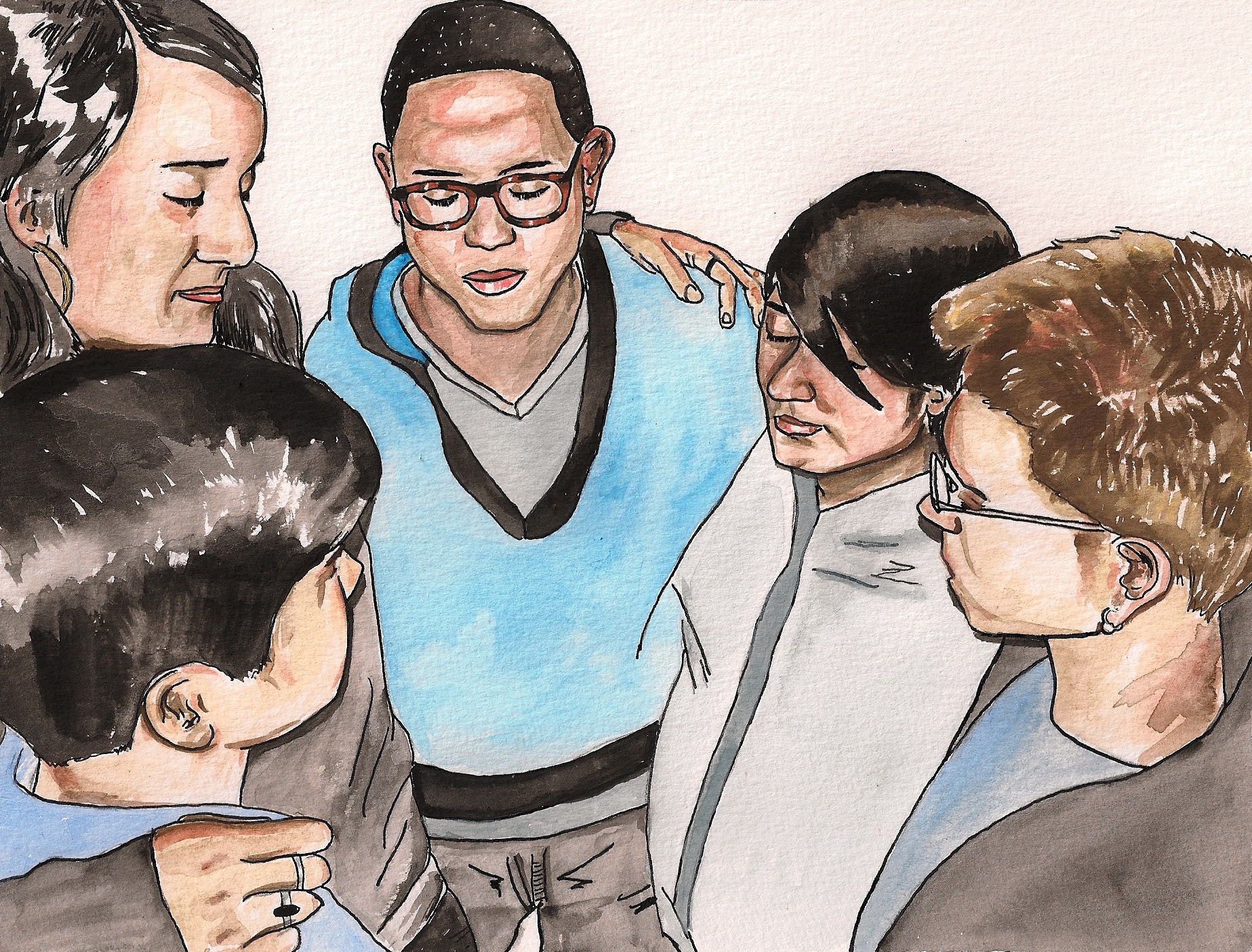On Tuesday I went to a funders briefing/panel discussion hosted by the Beyond Prisons Fund, which my friend Jamie set up with money he was given by his family. His goal was to use the money to fund prison abolition (almost unheard of in the philanthropy world), and he worked with a board of grassroots organizers to grant all of it out. Angela Davis was the featured speaker at the briefing, accompanied by a panel of folks from Critical Resistance, Generation 5, and Creative Interventions. Everyone was brilliant and nuanced and inspiring, and it was especially amazing to be there so soon after CR10 and feel such movement momentum around abolition.
Â
This particular event was amazing and unique due to the kick-ass speakers and the presence of a lot of activists and organizers along with the funders and donors. Usually, though, I hate going to donor briefings because they tend to be so uncritical of philanthropy as a system. I sometimes find myself at them anyway, as part of my work with Resource Generation – the idea being that as a person with access to those types of spaces (because of class privilege and being a major donor), it’s useful to get involved and push them in a more radical direction – or at least towards funding more radical things. It’s part of the whole “leveraging privilege” strategy that Resource Generation is really good at, and because I know how powerful my access to those spaces and resources is, I try to push past my discomfort with the hors d’oevres and suits and detached professional atmosphere and bring a social justice analysis with me into the philanthropy world. I struggle with it a lot though; lately I’ve been thinking about an essay by Emi Koyama that I read a couple years ago in The Color of Violence, in which she describes her work in the domestic violence social service industry. As a former patron of those services, she enters the work vowing not to perpetuate the type of abuse that she experienced from social workers in the shelter system – but she ultimately concludes that the system itself is so institutionally abusive that anyone who functions as its agent is forced to perpetrate abuse just by holding a position of power within the system.
